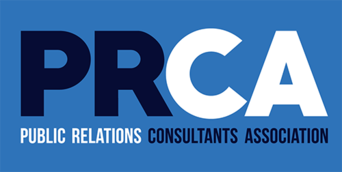Thinking Critically about Strategic Communications
The term ‘strategic’ is associated with the act of thinking before acting.
Strategic communication is all about communicating in a pre-planned, relevant way to specific stakeholders with a targeted message, using appropriate communication channels, and with the purpose of persuading those stakeholders to change or maintain their behaviours and attitudes.
In order for us to determine the most relevant and effective way to communicate with our stakeholders, we must strive to understand how people process information, how meaning is shaped, which media people use, and how they interact with those media.
This type of thinking is known as critical thinking. It requires us to interrogate perspectives and viewpoints other than our own, and to ask pertinent questions about our stakeholders and how our message relates to them. It also tests our own biases and assumptions, in order to communicate in a manner which is most likely to create shared meaning or, in other words, “get the message across”.
When we set out to create shared meaning, we begin by utilising an ‘outside-in’ approach, whereby we begin to plan our communication with consideration to the needs, attitudes and behaviours of the people and groups at whom the communication is directed.
People receive information in the context of their own belief systems and unique perspectives, and this poses a challenge to the strategic communicator who is trying to get a message across. Therefore, we need to begin the strategic communications process by focusing on our stakeholders, employing our critical thinking faculties to ask relevant questions, and attempting to answer those key questions. For example:
- Based on what I know about this group, what can I reasonably assume about their beliefs or opinions on the issue at hand? How should this influence the structure and content of my message?
- What are the primary concerns of this group most likely to be? How can I effectively address these concerns in my messaging?
We also need to think in the same way about our own thinking and communication:
- How well has what I’ve written so far achieved the primary purpose of this communication?
- Am I assuming anything here that would reasonably need to be explained to another person?
- Am I displaying any bias here in my communication and not being fair or objective enough?
- Are the communication channels that I have chosen appropriate and relevant to my audience and message? Are they numerous enough?
When communicating strategically, we are required to think critically before we communicate. This activity will enable us to gain a deeper understanding of our stakeholders’ needs, helping to shape our messaging and to identify the most appropriate communication channels.









